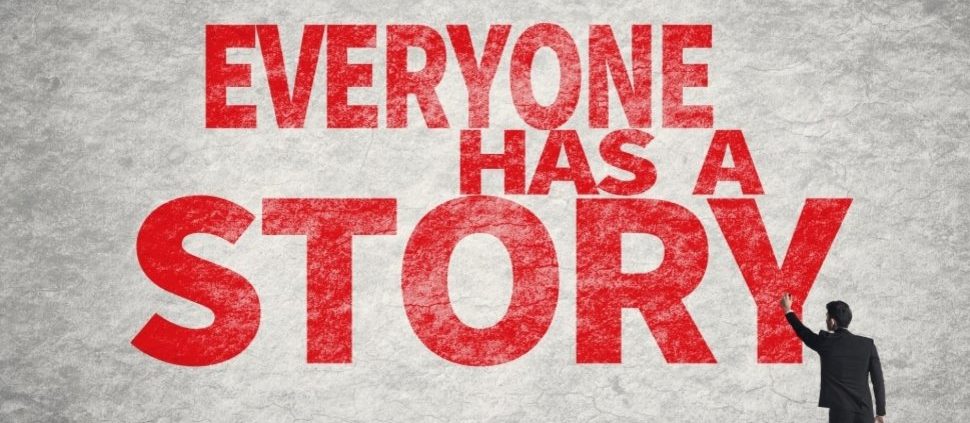Brand storytelling has evolved and it’s capitalizing on the prosumerism movement. Here’s what you need to know about Transmedia Marketing and why it’s the future of brand storytelling.
During the past two decades, most brands have worked diligently to control their messaging with interruption ads and large media buys. Today, customers can easily ignore these ads and are migrating to technology that easily allows them to do so (see related article on Mobile Ad Blocking).
According to the Content Marketing Institute, we need new marketing. Many believe that this new marketing will be Transmedia Marketing, as it focuses on a collaborative approach to storymaking instead of a proprietary predetermined approach to traditional brand storytelling.
Dr. Chester Elijah Branch is an author and Transmedia Architect who teaches digital and social media courses internationally. I recently spoke with him to better understand Transmedia Marketing and why he passionately believes it is the future of brand storytelling. Dr. Branch explains it this way:
“Content marketing has occupied marketers for the last few years and is now heading towards the light. The Internet will expand 500% over the next few years so all of this so-called ‘content’ has already become nothing more than ‘white noise.’ How do marketers break through the clutter? What should we call this new marketing? I believe that Transmedia is the answer. Transmedia marries your brand with your consumers through collaboration and story. Many media strategists propose that transmedia marketing is the future of all digital media marketing. Transmedia basically means totransport a story-world or message into a customer’s everyday life through the use of multiple media platforms.”
But what makes up successful transmedia marketing and how is it different than brand storytelling? To understand these questions, Dr. Branch described how transmedia is exemplified through the context of social currency.
TRANSMEDIA AND SOCIAL CURRENCY
Dr. Branch explained that today, brands can no longer paint themselves as the hero coming to save the helpless customer. In today’s social media landscape, the customer is the hero of their own customer journey. They drive the search engine. As a brand, you are merely a mentor offering encouragement, gifts and wisdom to help them on their journey. “Mastering this concept can open up a transmedia-prosumer model where the brand is no longer the storyteller but a facilitator in story making”, Dr. Branch said.
Jonah Berger, distinguished author of Contagious, Why Things Catch On, considers stories as the ‘Trojan Horse’ for marketing messages. He points out the extreme difficulty in the art of making your brand a critical part of the story so that “your message won’t get lost in the retelling.” When you do this, however, you have created social currency for your brand.
Non-Profits can easily rely on social currency. Because, as Berger points out, people like to tell stories that make them look good. They receive a level of social currency when they can say, for example, “I am a part of this Thirst Project movement”. You’ll often tell a story, if it will make other people admire you.
“This is harder to do with a for-profit company trying to sell a product”, explains Dr. Branch. “Ironically, even when this currency is built into a non-profit, the marketing team may erroneously focus so hard on making a product, event or organization look good, that they may forget that their audience wants to look good too.”
In his book, Winning the Story Wars, Jonah Sachs lays out a story model any brand or cause can use to get its message heard. If you want to be on the winning side of the story wars, you will need to dole out social currency to your customer. This is typically the first step of effective Transmedia Marketing.
TRANSMEDIA AND PROSUMERISM
Prosumerism is the idea that customers are moving away from merely consuming a product to having a participatory role in the remixing and re-making of said product. Alvin Toffler, a digital author and futurist, believed in a transmedia-era like today where the customer would also have the ability both consume and produce content.
“This new reality where consumers produce as well as consume content is also the reason many digital media marketing strategists have said brand storytelling is dead and we are witnessing the rise of brand story making”, explains Dr. Branch.
At Inbound15, David Berkowitz brilliantly laid out the difference between storytelling and storymaking in his presentation, Revenge of the Storymakers. If you haven’t seen his presentation, I highly recommend it. In his presentation, he pointed out that simply telling a story is an outdated “broadcast-era phenomenon.” The goal, in transmedia marketing is always to “craft stories based on the stories consumers are already sharing, as those are the ones that matter the most.”
My favorite slide from his presentation was towards the end where he not only breaks down the difference between storytelling and storymaking, but also what actions you, as a brand, need to take in order to transform from telling to making stories with your customers:

Brands should be built WITH and FOR their fans
As Lan Mochari points out, “the big problem with storytelling is it’s a one-way street” with your brand doing all the talking. Prosumerism changed our world from one-to-many broadcasting to a many-to-many experience. Brands today need to be storymakers, not storytellers.
The future of digital media marketing isn’t about you broadcasting your message to the masses with a digital media megaphone. It’s about storymaking. As David Berkowitz said, the brand narrative “facilitates and taps into the stories people are creating and sharing with each other.” This story-making framework allows for transmedia-social triggering which expands the narrative into a customer’s everyday life. This immersive concept is at the core of transmedia.



